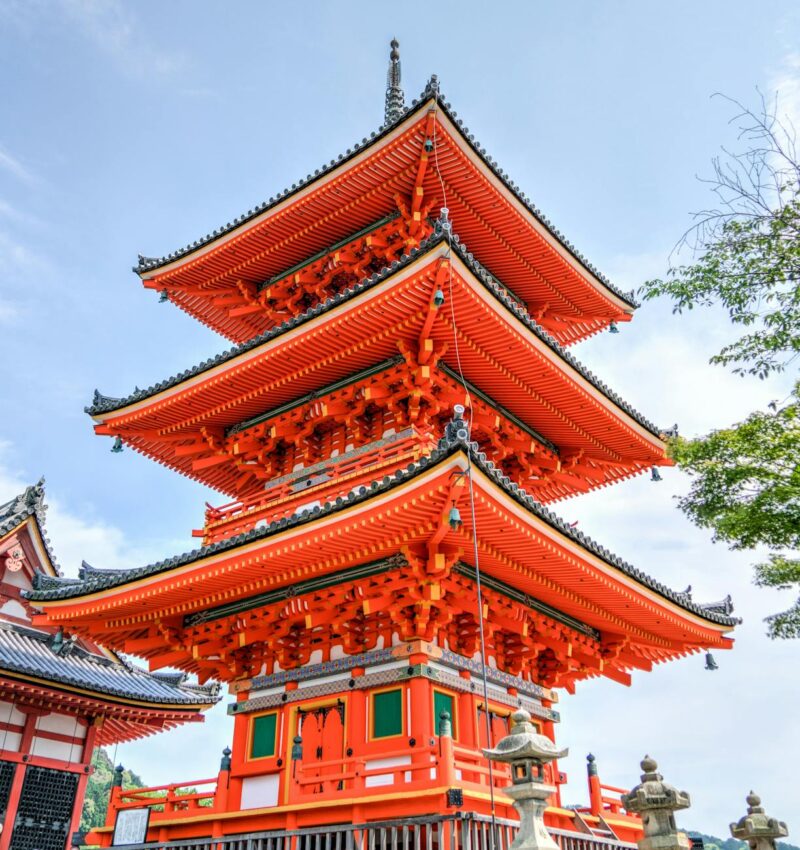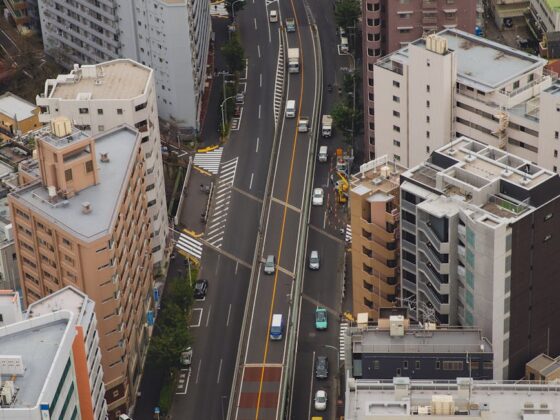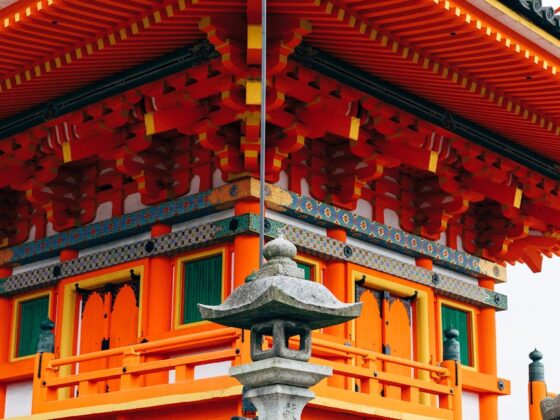Exploring Japan by Shinkansen
Traveling across Japan by Shinkansen, or high-speed trains, offers an unparalleled experience characterized by efficiency and convenience. This mode of transportation stands out among travelers for its speed, punctuality, and comfort.
The Convenience of Shinkansen Travel
The Shinkansen network connects major cities across Japan, making long-distance travel faster and more convenient. With speeds reaching up to 200 miles per hour (320 kilometers per hour), passengers can effortlessly travel between Tokyo and Kyoto in just a few hours.
| Route | Distance (miles) | Duration (minutes) |
|---|---|---|
| Tokyo to Kyoto | 226 | 140 – 180 |
The convenience extends beyond speed; Shinkansen trains run frequently throughout the day. Travelers can easily find a suitable departure time without needing to make advance plans. Additionally, the stations are clean, user-friendly, and equipped with essential amenities, making the overall travel experience pleasant. For more tips, visit our article on shinkansen travel hacks.
Tokyo to Kyoto Route Overview
The route from Tokyo to Kyoto is one of the most popular Shinkansen journeys, allowing passengers to experience both urban and cultural aspects of Japan. The trip typically involves three types of trains: Nozomi, Hikari, and Kodama, each offering different travel times and stops.
| Train Type | Travel Time (minutes) | Stops |
|---|---|---|
| Nozomi | 140 | Fewest stops |
| Hikari | 180 | Moderate stops |
| Kodama | 240 | All stops |
The Nozomi train is the fastest, but the Japan Rail Pass does not cover this option. The Hikari and Kodama trains are excellent alternatives, especially for those using the rail pass. For an in-depth comparison of these train types, refer to our article on nozomi hikari kodama differences.
Travelers can enjoy stunning views of the countryside along the way, making the journey a memorable part of their travel itinerary. As they approach Kyoto, anticipation builds for the historical and cultural experiences that await them. The Shinkansen not only serves as a means of transportation but also as a gateway to explore the rich heritage of Japan.
Shinkansen Experience
Traveling by Shinkansen is not just about reaching the destination; it is an experience in itself. This section discusses the ticketing process and the various seat classes available to help tourists traveling to Japan and looking for the best options for their journey from Tokyo to Kyoto.
Ticketing and Reservations
Booking a ticket for the Shinkansen can be straightforward. Travelers can reserve their seats in advance, allowing for peace of mind, especially during peak seasons. Tickets can be obtained at train stations, through automated machines, or via Rail Monsters.
For more details on the ticketing process, including how to reserve Shinkansen seat, visit the linked article.
Here’s a quick overview of ticket types:
| Ticket Type | Description | Recommended for |
|---|---|---|
| Reserved Seating | Guaranteed seat, requires reservation | Peak travel times |
| Non-Reserved Seating | First-come, first-served, no reservation needed | Flexible travel plans |
| Green Car | Premium, more spacious seating option | Travelers seeking comfort |
| Gran Class | Luxury class with additional amenities | Special occasions or high-end travel |
Seat Classes and Amenities
Shinkansen offers different seat classes to cater to various preferences and budgets. Here’s a breakdown of what each class offers:
| Seat Class | Features | Comfort Level |
|---|---|---|
| Standard | Basic amenities, comfortable seating | Moderate |
| Green Class | Extra legroom, wider seats, quieter environment | High |
| Gran Class | Luxurious seating, dedicated attendants, meals served | Very High |
Travelers seeking a premium Shinkansen experience may be interested in reading our Shinkansen Green Class review or exploring our insights on Gran Class Shinkansen review.
The Tokyo to Kyoto Shinkansen journey is designed to be efficient and comfortable, making it easy for tourists to enjoy their travels across Japan. Whether one chooses a standard or premium seat class, the amenities provided on the train, such as power outlets, free Wi-Fi, and onboard refreshments, ensure a pleasant trip. For additional information on travel hacks to optimize the experience, check our article on shinkansen travel hacks.
Tokyo Station to Kyoto Station
Traveling from Tokyo to Kyoto by Shinkansen offers a seamless experience between two of Japan’s most iconic cities. This section covers the departure from Tokyo Station and the arrival at Kyoto Station, providing essential information for a smooth journey.
Departure from Tokyo Station
Tokyo Station is one of the largest and busiest train stations in the world. It serves as the primary hub for Shinkansen travel, making it convenient for tourists to catch their train to Kyoto. Travelers should allow ample time to navigate through the station, as it can be quite crowded.
Key points for departure include:
- Platform Information: Check the electronic boards for your train’s departure platform. Platforms can change, so it’s wise to verify this information shortly before your train’s scheduled departure.
- Train Types: The Shinkansen has multiple service types between Tokyo and Kyoto, including Nozomi, Hikari, and Kodama. For details on these trains, refer to our article on Nozomi Hikari Kodama differences.
- Timing: Most trains depart frequently throughout the day. Peak times may experience higher passenger volume, so strategic timing can enhance the experience.
| Train Type | Duration (minutes) | Frequency |
|---|---|---|
| Nozomi | 2 hours 30 minutes | Every 10-15 minutes |
| Hikari | 2 hours 50 minutes | Every 30 minutes |
| Kodama | 3 hours 30 minutes | Every hour |
Arrival at Kyoto Station
Kyoto Station is another impressive transport hub, featuring a blend of modern architecture and traditional elements. Upon arrival, travelers can easily access city transportation options, including buses and subways.
Key points for arrival include:
- Navigating the Station: Upon arriving, travelers should locate the signs for exits, bus stops, and taxi ranks. Information booths are available for assistance.
- Nearby Attractions: The station is centrally located, providing easy access to popular attractions like the Kyoto Tower and the historic Gion district. For more travel routes in Japan, see our article on travel between cities in Japan.
- Luggage Storage: If travelers need to explore before checking into their accommodations, luggage storage services are available at the station. For guidelines on luggage protocols, refer to our article on Shinkansen luggage rules.
By understanding the process of departing from Tokyo Station and arriving at Kyoto Station, travelers can make the most of their journey on the Shinkansen. Enjoy the convenience and comfort of high-speed rail travel as they explore the wonders of Japan. For more tips on planning a trip on the Shinkansen, check out our article on Shinkansen travel hacks.
Tips for Traveling on the Shinkansen
Traveling on the Shinkansen offers a unique and efficient way to explore Japan. To enhance the travel experience, the following tips cover essential aspects such as timing, luggage allowances, and onboard etiquette.
Timing and Schedules
The Shinkansen operates on precise schedules. It is vital to familiarize oneself with the timetables, as trains typically run frequently throughout the day. Awareness of peak travel times will help in planning and avoiding crowds.
| Train Type | Average Frequency | Travel Time Tokyo to Kyoto |
|---|---|---|
| Nozomi | Every 10-15 minutes | Approximately 2 hours 30 minutes |
| Hikari | Every 30 minutes | Approximately 2 hours 40 minutes |
| Kodama | Every 60 minutes | Approximately 3 hours 30 minutes |
For a smooth journey, it is advisable to arrive 10-15 minutes before the scheduled departure. Travelers can view the latest schedules and book Shinkansen tickets online for more convenience.
Luggage Allowance and Storage
Understanding the luggage rules of the Shinkansen is crucial for a hassle-free journey. Each passenger is allowed to bring a certain amount of luggage. Details can vary based on train type and specific regulations, so checking the guidelines for Shinkansen luggage rules is advised.
The table below provides a quick reference for common luggage allowances:
| Luggage Type | Maximum Dimensions | Weight Limit |
|---|---|---|
| Carry-On | 160 cm (longest side) | Up to 30 kg |
| Checked Baggage | Varies; must be reserved | Up to 20 kg per item |
Storage options include overhead racks and designated luggage areas near doors. Travelers with larger items may need to make reservations for checked baggage in advance for added convenience.
Onboard Etiquette and Comfort
Maintaining proper etiquette enhances the experience for everyone on board. Passengers should observe the following guidelines while traveling on the Shinkansen:
- Silence Mobile Devices: Set phones to silent mode and avoid loud conversations.
- Keep Aisles Clear: Ensure personal belongings do not obstruct pathways.
- Respect Personal Space: Given the close seating arrangements, it’s important to be considerate of neighboring passengers’ space.
For added comfort during the ride, consider exploring the various seating classes available. The Shinkansen Green Class Review offers insights into premium seating for travelers seeking more luxury.
Keeping these tips in mind not only facilitates a more enjoyable trip but also allows for a seamless travel experience across the beautiful landscapes from Tokyo to Kyoto. For those looking to improve their journey even further, check out Shinkansen travel hacks for various strategies.










